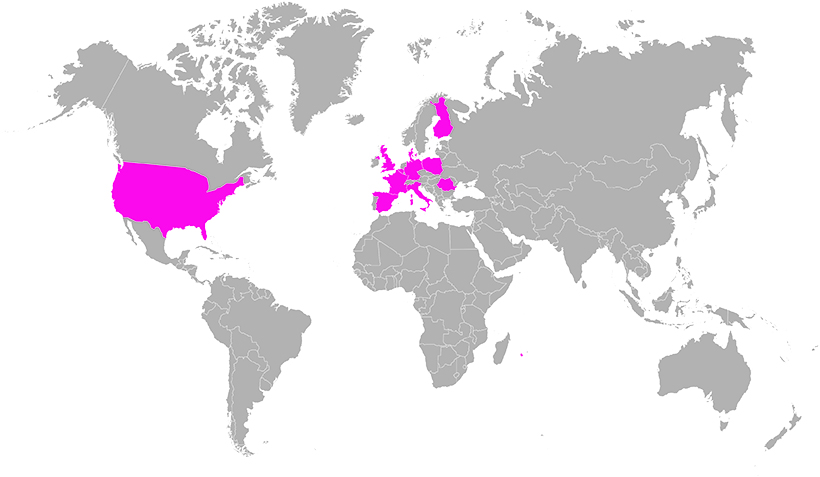ActiMyo
ActiMyo is a new tool developed to evaluate the physical condition of subjects suffering from pathologies associated with movement disorders. It is the result of close collaboration between the Institute of Myology and Sysnav, an innovative French company, specialized in navigation systems and motion analysis. It was developed to record in a very precise and sensitive way, the movements of daily life of a patient in his/her usual environment.
ActiMyo is able to record motion signals the whole day and consecutive days. It is a valuable tool for clinical research. Indeed, the continuous recording of daily activities of the patients within their environment increases the power of analyzes and helps to avoid tiring and sometimes complicated transportations.
What does it analyze as movements?
The ActiMyo can also record the movements of ambulatory patients (walking, trajectory of the step …), as well as the movements of the upper limbs of a patient in a wheelchair. In this second case, the movements of the arm are analyzed only when the chair is stationary. For ambulatory patients it is thus possible to analyze their walking periods, runs, stairs climbing and even any falls.
Depending on the type of pathology, specific variables are defined what allows to identify significant parameters according to the needs of the clinical studies (example: the modification of the walking perimeter, the number of a patient’s stroke period, the number of falls , the activity of the upper limbs).
What does it record?
It records motion in the form of signals by:
- A triaxial accelerometer for linear accelerations
- A triaxial gyroscope for angular velocities
- A barometer for elevations
- A triaxial magnetometer for the magnetic field
From this data, it is possible to deduce a variable representing of patient’s comprehensive activity or to visualize the capacities of the patient’s upper and / or lower limbs.
Who is it aimed at?
The ActiMyo is intended to be worn by patients over 6 years old, ambulatory or non-ambulatory, with neuromuscular or neurological pathologies and likely to be involved in clinical research protocols (natural history or therapeutic), presenting insignificant to strong weakness.
Here is the list of pathologies for which patients are currently equipped with an ActiMyo:
- Duchenne muscular dystrophy (DMD)
- Spinal amyotrophy (SMA)
- Myotubular myopathy (MTM)
- Dystrophy facio-scapulo-humeral (FSH)
- Dysferlinopathy (LGMD2b)
- Parkinson disease
- Multiple sclerosis
Depending on the pathology studied and the needs of the clinical study, the positioning of the sensors on the patient may be changed. Traditionally, ambulatory patients carry a sensor at the ankle to record the trajectory of the ankle, and at the wrist to record the movements of the arm. In the case of non-ambulatory patients, the ankle sensor is placed on the chair to measure the movements of the chair and to analyze the movements of the arm only when the chair is stationary.
How does the ActiMyo work?
ActiMyo has been designed to be very easy for patients’ use. It requires little manipulation and can be directly connected to the docking station so that the daily collected data is automatically sent to a dedicated server. Once the data is processed automatically, it can be analyzed by a clinician from the office.
ActiMyo in Clinical Research
 ActiMyo is currently used in seven different clinical trials involving more than 70 patients with neuromuscular diseases (DMD, SMA, MTM and FSH), and neurological (Parkinson’s disease, multiple sclerosis). These trials are carried out on more than 20 places in France and abroad (Germany, Italy, Romania, Spain, USA, Poland, Finland, Reunion, Denmark, Belgium, England, etc.).
ActiMyo is currently used in seven different clinical trials involving more than 70 patients with neuromuscular diseases (DMD, SMA, MTM and FSH), and neurological (Parkinson’s disease, multiple sclerosis). These trials are carried out on more than 20 places in France and abroad (Germany, Italy, Romania, Spain, USA, Poland, Finland, Reunion, Denmark, Belgium, England, etc.).
The preliminary results of these studies are in the process of demonstrating how important is to measure results that reflect the real, daily and sustained activity of the patients, as compared to precise measurements performed at the hospital that give an image of a condition at a given time.

